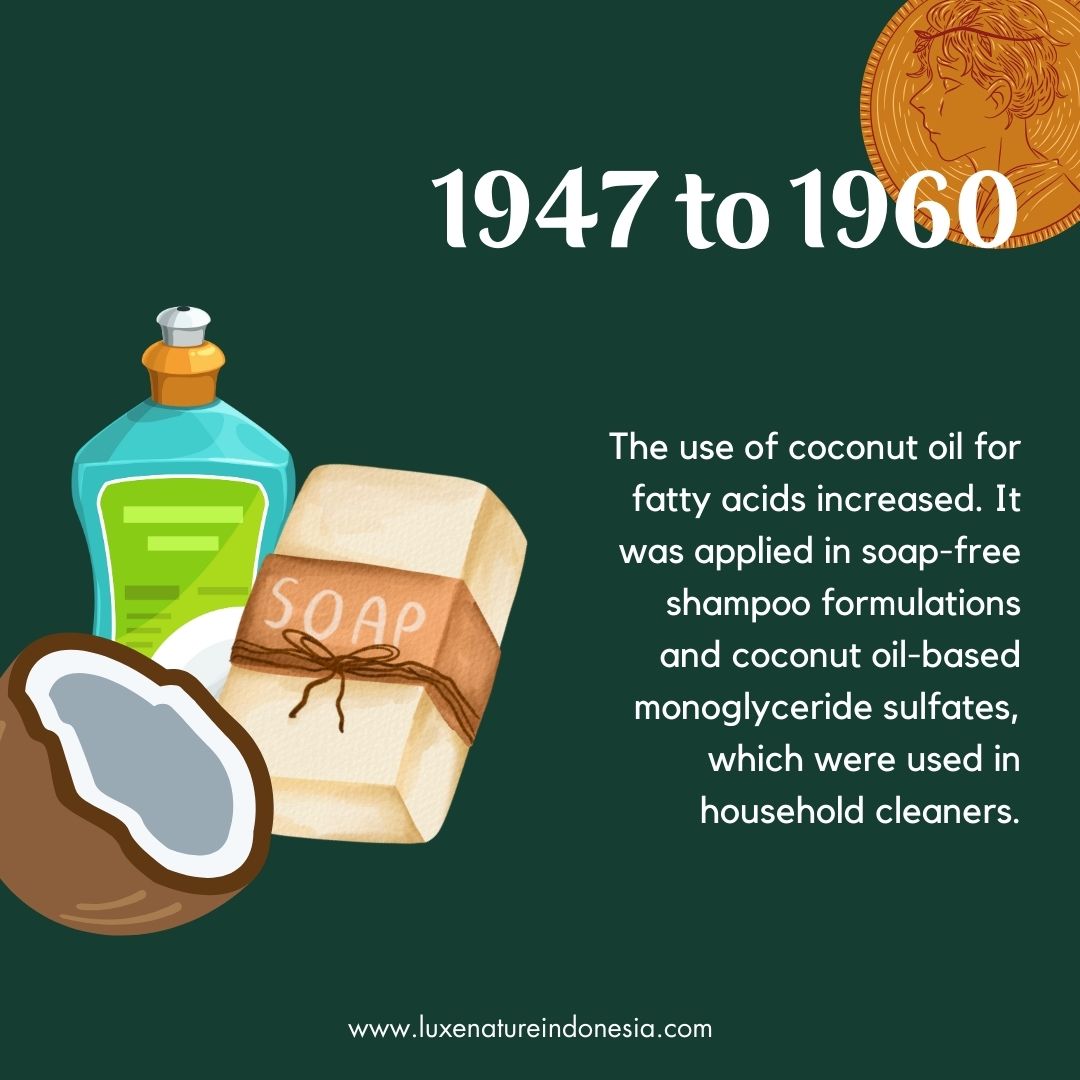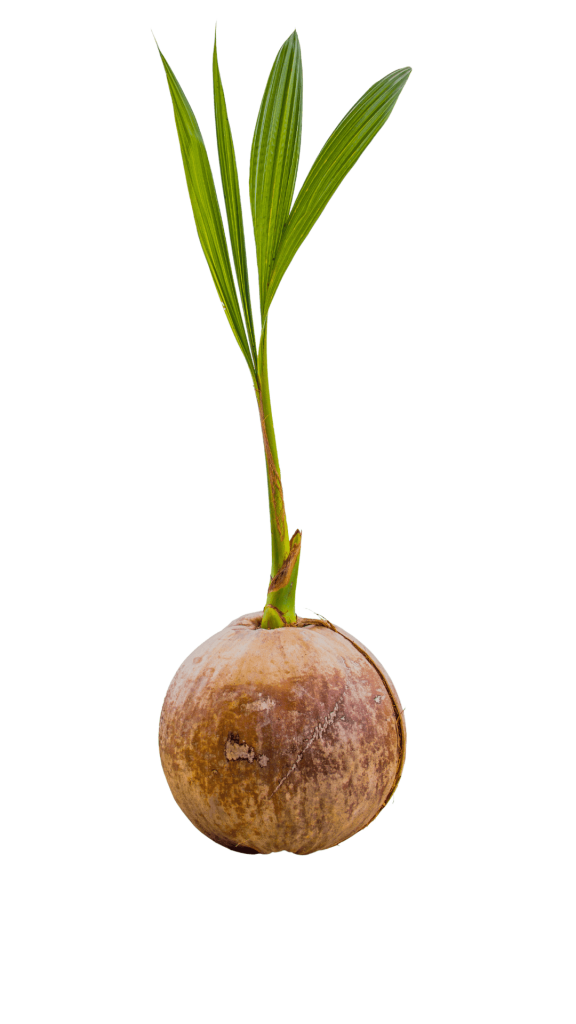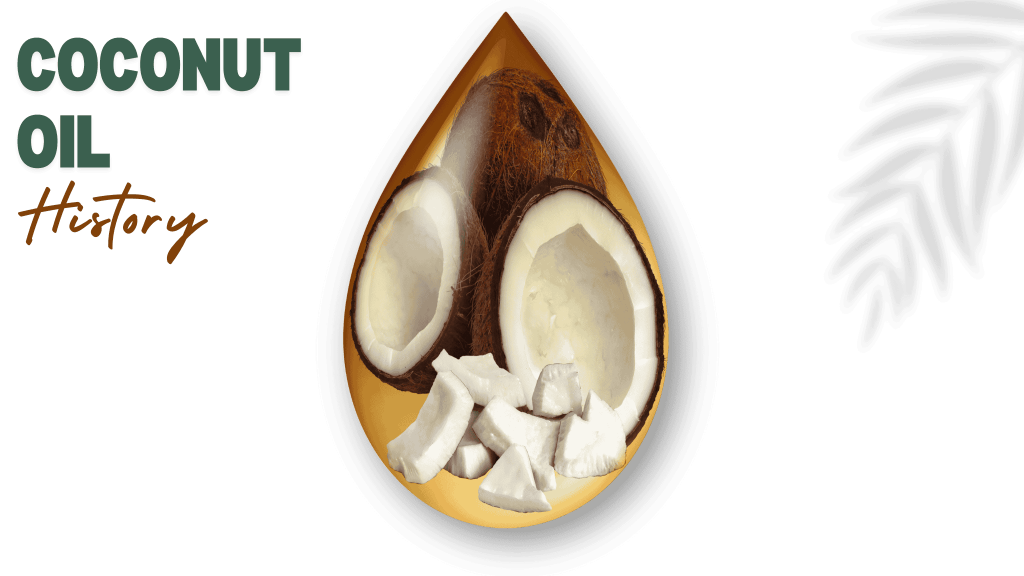Indonesia has a long and rich history tied to coconut oil production, making the country one of the world’s largest and most influential producers of this valuable commodity. With its strategic tropical location and vast coconut plantations, Indonesia has been a leader in coconut oil production for over a century. From its early prominence as an economical fat substitute during the World War I era to its modern revival as a popular health product, coconut oil’s journey reflects broader trends in global agriculture, trade, and consumer preferences. Below, we explore the intricate history of coconut oil in Indonesia, from its colonial roots to its modern resurgence.
The Colonial Era and World War I: Coconut Oil's Emergence in Global Markets
The beginning of Indonesia’s role as a global producer of coconut oil dates back to the colonial period, particularly during the early 20th century. In the early 1900s, as the demand for vegetable oils soared in Europe, copra (the dried kernel of coconuts) became a sought-after raw material. Indonesia, with its vast coconut plantations, became one of the primary suppliers of copra.
During World War I, the European demand for coconut oil skyrocketed due to economic pressures and the need for economical fat substitutes in daily diets. Copra from Indonesia became essential for producing vegetable oils, which were cheaper than traditional animal fats and butter. This era marked the beginning of Indonesia’s critical role in the international coconut oil trade, positioning the country as a dominant player in the global market.

The Rise of Coconut Oil in the United States: 1926 Onwards
By 1926, coconut oil had become the dominant vegetable oil in the United States, primarily used in producing margarine. With the growing American consumer market, coconut oil found its way into various household products, including candy, bread, and popcorn—especially in cinemas. As margarine became a popular alternative to butter, the United States imported large quantities of Indonesian coconut oil to meet the rising demand.
After World War II, coconut oil was branded differently across the Atlantic. In England, it was sold as margarine, while in the United States, it was often referred to as coconut butter. The versatility of coconut oil made it a popular ingredient, not only in the food industry but also in a variety of industrial applications.
Post-War Expansion (1947-1960): Coconut Oil and the Chemical Industry
The period from 1947 to 1960 saw significant advancements in the uses of coconut oil beyond the food sector. During this time, coconut oil became a key raw material for producing fatty acids, which were critical in developing new industrial and consumer products.
One of the notable applications was in the cosmetics and personal care industry. Coconut oil was widely used in soap-free shampoo formulations, as well as in monoglyceride sulfates—a type of detergent ingredient that found its way into household cleaners. This marked a new phase in the global demand for coconut oil, as it was no longer limited to food production but expanded into various industrial uses.
With Indonesia’s vast plantations, the country continued to be a vital supplier of coconut oil to the world. The increasing demand for fatty acids meant that Indonesia’s coconut oil exports expanded to meet the needs of both the food and chemical industries.

Coconut Oil's Decline and Revival: 20th Century Trends

By the late 20th century, coconut oil faced a decline in popularity, especially in Western countries. The rise of alternative vegetable oils, such as soybean oil and palm oil, took over much of the market share that coconut oil once held. Additionally, concerns over the health impacts of saturated fats led to a significant drop in demand for coconut-based products.
However, this trend began to shift in the early 21st century. With new research shedding light on the potential health benefits of coconut oil, it began to experience a revival in popularity. Promoted as a healthy fat choice, especially for its high levels of medium-chain triglycerides (MCTs), coconut oil regained favor in both Western and Asian markets.
Our Intense Extra Virgin Coconut Oil stands out not only for its quality, but also for our use of high-grade raw materials and advanced European cold-press technology, featuring a “Alfa Laval Centrifuge” method. This results in an oil that is soft, rich in the distinct flavor of fresh coconuts, clear in color, and low in moisture content.
This modern resurgence has been driven largely by the health and wellness sector, where coconut oil is marketed as a versatile superfood with benefits ranging from improved heart health to weight management. Its applications in skincare, haircare, and even as a cooking oil have further contributed to its growing global demand.
Coconut Oil in Indonesia Today: A Thriving Industry
Today, Indonesia remains one of the largest producers of coconut oil in the world. The country’s extensive coconut plantations, primarily located in provinces such as Sulawesi, North Sumatra, and Java, continue to supply a significant portion of the global demand for both food-grade and industrial-grade coconut oil.
Indonesian coconut oil producers have adapted to modern trends by diversifying their product offerings. From virgin coconut oil (VCO) to coconut milk and coconut flour, the Indonesian coconut industry has evolved to meet the demands of health-conscious consumers worldwide. In addition to traditional exports, Indonesia has also embraced the growing trend of organic coconut products, which are in high demand across Europe, North America, and Asia.
Conclusion: The Future of Coconut Oil in Indonesia
The history of coconut oil in Indonesia is a testament to the country’s enduring significance in the global agricultural landscape. From its colonial roots to its modern-day revival, coconut oil has played a pivotal role in shaping Indonesia’s economy and its place in the world market. As consumer preferences continue to evolve, and the demand for natural, organic, and health-oriented products increases, Indonesia’s coconut industry is well-positioned to remain a key player in the global market for years to come.
Luxenature Indonesia, a leading exporter and supplier of coconut products, from semi-husked coconut to edible copra, coconut oil, desiccated coconut, nata de coco, coconut cream, and coconut milk. With a strong commitment to quality and sustainability, Luxenature Indonesia caters to diverse global demands. We are your reliable partner for sourcing premium coconut products, ensuring quality and sustainability in every product we offer.
For inquiries and more information, contact us at Luxenature and let’s grow your business with our premium coconut products.
source:
Cerepak, P. J. (2020). Establishing the Intimate Link: 20th Century Tropical Agriculture and the Establishment of the Coconut Zone. Journal of Maritime Studies and National Integration, 4(1). Retrieved July 2, 2024, from https://doi.org/10.14710/jmsni.v4i1.8026


